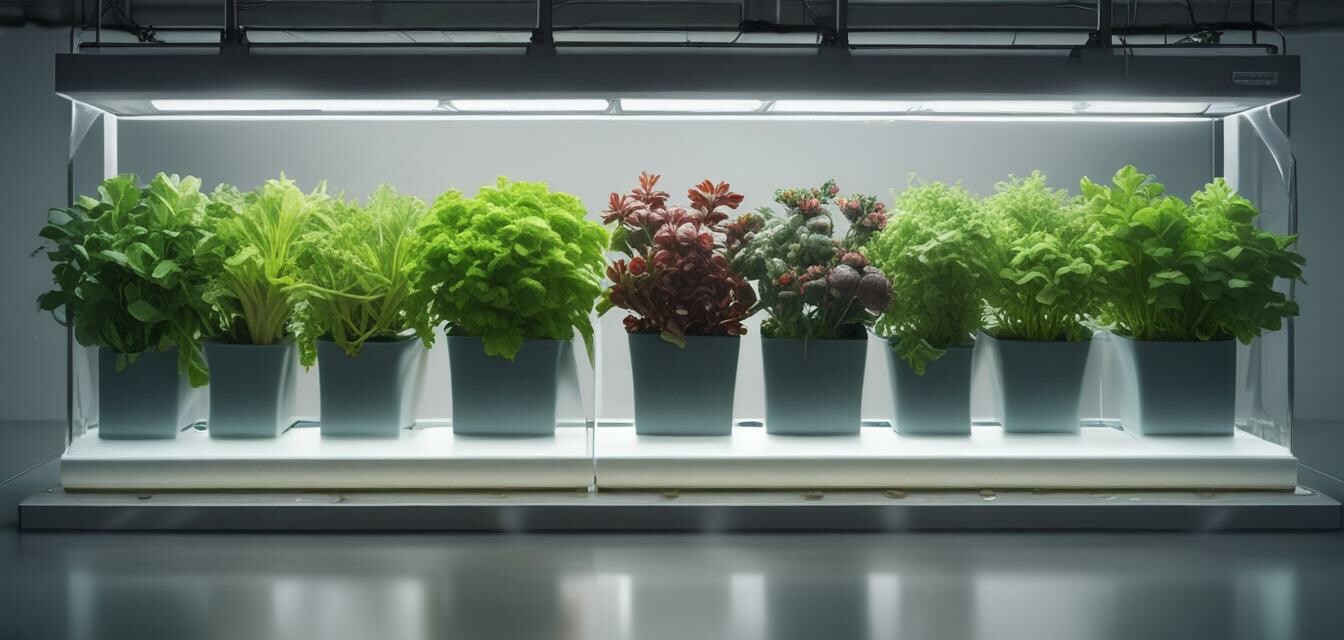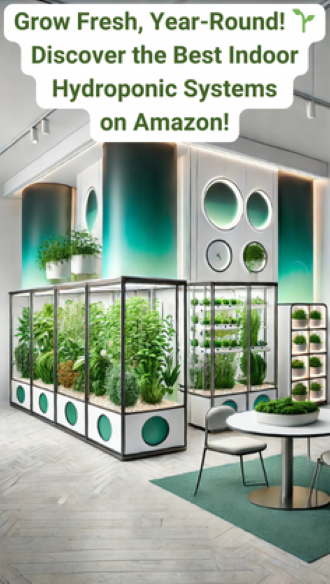
Seasonal Trends: What to Grow Hydroponically Each Season
Key Takeaways
- Spring is ideal for leafy greens like lettuce and spinach.
- Summer is great for fruits such as strawberries and tomatoes.
- Fall allows for a mixture of herbs and root vegetables.
- Winter is perfect for keeping greens alive indoors.
- Hydroponic systems can be adapted to grow a variety of plants year-round.
Hydroponics is a versatile gardening method that allows you to grow a wide range of plants throughout the year. By understanding the seasonal trends of what to grow hydroponically, you can maximize your harvests and ensure a variety of fresh food on your table. This guide will walk you through the best plant varieties to grow in each season and provide tips tailored to urban gardeners, apartment dwellers, and home growers.
Spring: The Awakening of Greens
Springtime signals growth and renewal, making it the perfect season for planting greens and quick-growing crops in your hydroponic system.
- Lettuce: Quick to germinate and easy to grow, making it a popular choice.
- Spinach: A nutrient powerhouse, thriving in a hydroponic setup.
- Herbs: Basil and cilantro can also flourish during this season.
| Plant | Growth Time | Notes |
|---|---|---|
| Lettuce | 30-45 days | Best harvested young for optimal flavor. |
| Spinach | 30-45 days | Prefers cooler temperatures, ideal for early spring. |
| Basil | 60-90 days | Requires more light as it grows. |
| Cilantro | 30-50 days | Prefers slightly cooler temperatures. |
Summer: Bountiful Fruits
As temperatures rise, summer presents an opportunity for growing fruits and larger plants that thrive in warmer conditions.
- Tomatoes: A staple in hydroponic gardening.
- Strawberries: Can produce fruit throughout the summer months.
- Peppers: Sweet peppers and hot varieties both do well.
| Plant | Growth Time | Notes |
|---|---|---|
| Tomatoes | 60-85 days | Requires support as they grow tall. |
| Strawberries | 60-75 days | Need adequate light for best yields. |
| Peppers | 60-90 days | Different varieties require different care. |
Fall: The Harvest Season
As summer winds down, fall is ideal for growing herbs and root vegetables that will thrive in cooler weather.
- Herbs: Thyme and oregano are flavorful choices for indoor growth.
- Radishes: Quick-growing and perfect for fall planting.
- Turnips: A robust root vegetable that does well in hydroponic systems.
| Plant | Growth Time | Notes |
|---|---|---|
| Thyme | 30-60 days | Low maintenance and hardy herb. |
| Radishes | 25-30 days | Fast-growing and spicy flavor. |
| Turnips | 50-70 days | Requires ample space for root growth. |
Winter: Indoor Greens
Winter is a time to keep greens thriving indoors, providing fresh produce even during the cold months.
- Kale: Hardy and full of nutrients, kale thrives in hydroponics.
- Swiss chard: Colorful and nutritious, ideal for winter crops.
- Microgreens: Fast-growing and can be harvested in just a few weeks.
| Plant | Growth Time | Notes |
|---|---|---|
| Kale | 50-65 days | Cold-tolerant and rich in vitamins. |
| Swiss Chard | 50-60 days | Requires adequate light for best growth. |
| Microgreens | 7-21 days | Quick harvest for salads and garnishes. |
Pros
- Year-round fresh produce regardless of outdoor climate.
- Ability to tailor your hydroponic setup for specific plant needs.
- Efficient use of space, especially for apartment dwellers.
Cons
- Initial setup cost for hydroponic systems can be high.
- Requires a learning curve to master hydroponic techniques.
- Light and nutrient management can be challenging.
Conclusion
Hydroponics offers the flexibility to grow a vast array of plants throughout the seasons. Understanding seasonal trends allows you to maximize your gardening efforts and enjoy a diverse harvest year-round. Whether you are an experienced hydroponic gardener or just starting out, hitting the right seasonal notes can make all the difference in your indoor garden's productivity.
To explore more about various growing techniques, check our collection on growing techniques, or dive into unique plant varieties and harvest tips available in our plant varieties section.
